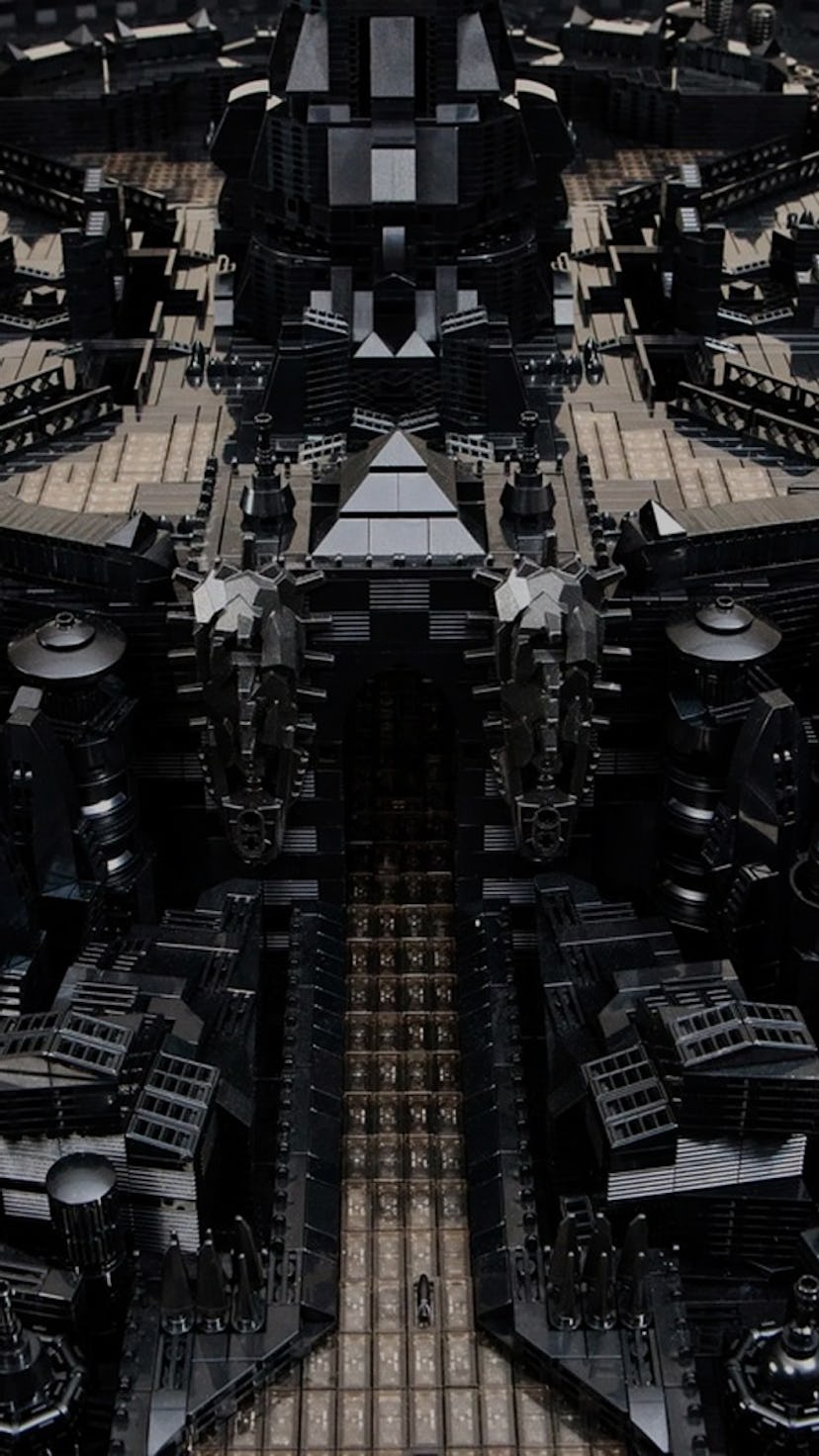Ghanaian-Canadian artist Ekow Nimako's design of the Ghanaian Empire is a visually striking project comprising thousands of Lego pieces, The Art Newspaper reports. The Afrofuturist reimagined the ancient trading town of Kumbi Saleh into a 30-feet-square sculpture.
Nimako's Lego installation, called Kumbi Saleh 3020 CE, was commissioned by the Aga Khan Museum in Toronto, Canada, as a response to the archaeological show called "Caravans of God, Fragments In Time." This show explores the rich histories of the Saharan trade that reached deep into routes within Europe, Asia, and other parts of Africa.
Nimako's stunning Kumbi Saleh project is named after the ruined site that is said to have been the capital of the once-intimidating Ghanaian Empire, HighSnobiety reported. This physical site would have been on the edge of the Sahara desert and has been described as an economically potent area that opened multiple doors into trans-Saharan trade. Think of gold, minerals, salt, and ivory.
Nimako's reimagination of Kumbi Saleh emphasizes an Afrofuturistic vision where Blackness, he writes, "is not constructed against the backdrop of enslavement, colonization, and violence." Instead of evoking trauma porn, Nimako’s Kumbi Saleh 3020 CE positively inspires onlookers to revisit a jaw-dropping chapter from world history.
The outskirts of this empire constitute black Lego mountains and hills. Nimako also designed camels out of Lego pieces, taking the realistic nature of this landscape up by a few notches. Three of these camels can be seen carrying elaborate decor pieces on their humps. They're linked to each other by way of black chains.
